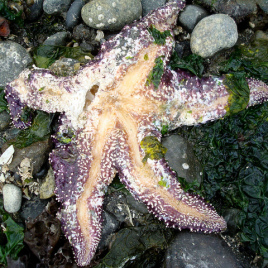Researchers announced they have found a virus that may be the cause of a mysterious disease that infects dozens of sea star species along the Pacific coast between Alaska and Mexico, including off the coast of Vancouver since 2013. A study shows that sea star wasting disease (SSWD) could be caused by a very small virus (∼25 nm) […]
Tag: biodiversity
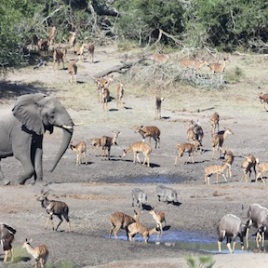
International collaboration needed to protect endangered species
A new study uses models to show that international collaboration is critically needed to prevent catastrophic habitat loss for some of the world’s most threatened species. The authors analyzed the distribution of almost 25,000 threatened species across the world and found that expanding the global protected area network to cover 17% of the world’s land […]
Key bird habitats under siege
Over 350 of the world’s Important Bird and Biodiversity Areas (IBAs) are under threat, according to a new report. In 2012 protection was suspended in the Bay of Panama wetlands, one of the most important sites for migratory waterbirds in the Americas. Closer to home, British Columbia’s Boundary Bay – Roberts Bank – Sturgeon Bank […]
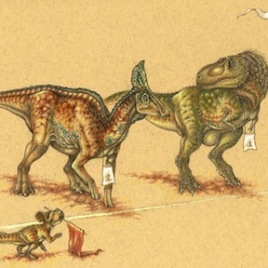
No sitting duck(bill) – how hadrosaurs won the “dino derby”
A new paper indicates that hadrosaurs – also known as duck-billed dinosaurs – were built for endurance rather than speed, and that this helped them avoid predators despite their lack of horns or armour. Computer analysis of leg bones showed that a critical muscle known as the caudofemoralis attached lower on the thigh in hadrosaurs […]
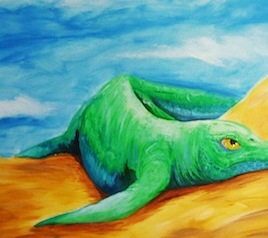
Ancient amphibious reptile discovered in China
Fossil remains discovered in China could shed light on the early evolution of aquatic reptiles, including icthyosaurs. Icthyosaurs were sea-going reptiles whose body shape resembled modern dolphins, but the fossil record has been silent about the land-based animals they evolved from. The new remains – which date back to the Lower Triassic (about 248 million […]
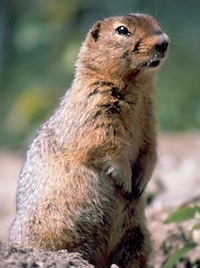
How squirrels avoid ‘roid rage
A new study shows that Arctic ground squirrels use anabolic steroids to beef up for winter hibernation, but that they have evolved systems to avoid the negative side effects. Most hibernating animals burn fat during the winter, Arctic ground squirrels hibernate at such low temperatures that they need to burn muscle as well. A previous […]
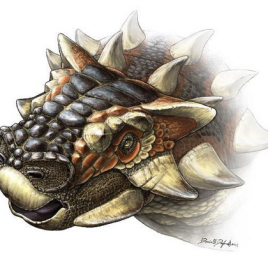
Mongolian fossil finds expand ankylosaur family tree
A new paper on ankylosaurs from Mongolia has named one new species and ‘resurrected’ another. The new species is Zaraapelta nomadis: ‘Zaraapelta’ is a combination of the Mongolian and Greek words for ‘hedgehog’ and ‘shield’ and refers to the elaborate pattern of bumps and grooves near the eye and a ridge along the back of […]
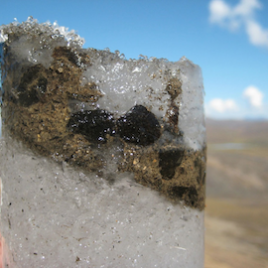
Ancient Arctic viruses still infect plants
The genome of a virus found in 700-year-old frozen caribous feces was shown to infect plants in the laboratory, a new study reveals. Researchers analyzed the viral genetic material contained in a core drilled through layers of accumulated caribou feces up to 4,000 years old in an ice patch in Canada’s Selwyn Mountain in the […]
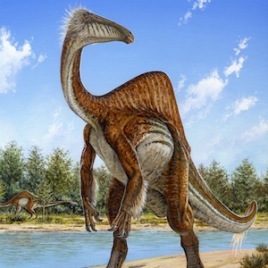
Largest ‘ostrich-like’ dinosaur may have been an omnivore
New fossils of a rare dinosaur found in Mongolia shed light on its dietary habits, and may indicate an omnivorous diet. Deinocheirus mirificus was previously known only from two large forelimbs found in the 1960s, and was thought to be the largest of the ornithomimids, a group of dinosaurs that superficially resemble modern ostriches. The […]
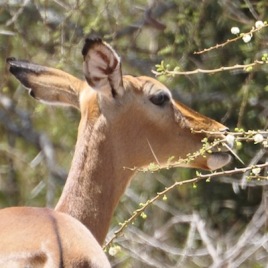
How carnivores impact the African landscape
A new study shows the presence – or absence – of carnivores can have a big impact on how many and what kind of trees grow in a landscape. Working in central Kenya, researchers looked at different tree species – with or without protective thorns – in areas where herbivores get eaten by their predators, […]
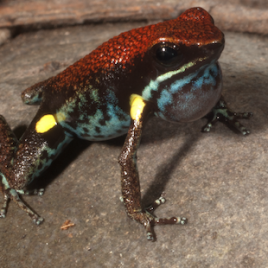
The poisonous singing frog
Poisonous and colourful frogs have more diversified mating calls than their non-poisonous counterparts, a new study shows. Researchers explain that when frogs evolve these kind of anti-predator strategies (bright colours and poison), they decrease the risk of being eaten by predators and are rewarded for more showy mating signals. Original research paper published in Proceedings of […]
Climate change will shift fish toward poles
A new analysis using computer models indicates that many commercially important species of fish are moving toward the poles and that some could disappear from the tropics altogether by 2050. The analysis used multiple models and covered 802 species to show that fish ranges are moving at a rate between 15 and 26 km per year. […]
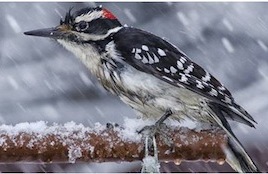
Project FeederWatch
This citizen science project is a joint program of Bird Studies Canada and the Cornell Lab of Ornithology. For a $35 fee, participants receive a handbook and other materials that help them identify bird species. They enter this data into a central website, thereby helping scientists track changes in bird numbers and movements across North […]

Vibration is key to wind pollination
If you’re a plant, and the animals or insects that pollinate you are disappearing or gone, your next best option might be wind pollination, and a new study sheds light on what adaptations are needed to make this transition. Researchers looked at flowers of English plantain, which like most wind-pollinated plants evolved from an animal-pollinated […]
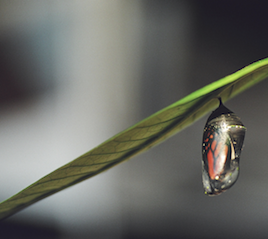
On the origins of the monarch butterfly
Monarch butterflies originated in North America 20,000 years ago at the end of the last glacial maximum before dispersing out to locations around the world, a new study shows. The authors sequenced the whole genome of 101 monarch butterflies from around the world to better understand the genetic basis of its migration patterns. The researchers […]
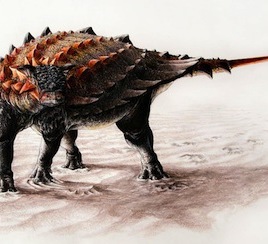
New “punk-rock” armoured dinosaur species described
Researchers have discovered a new species of ankylosaur in New Mexico that is related to others found in Alberta. The new species is called Ziapelta sanjuanensis and sports unusually tall spikes on the cervical half ring, a structure like a yoke of bone sitting over the neck, which looks a bit like a punk-rock collar. […]
